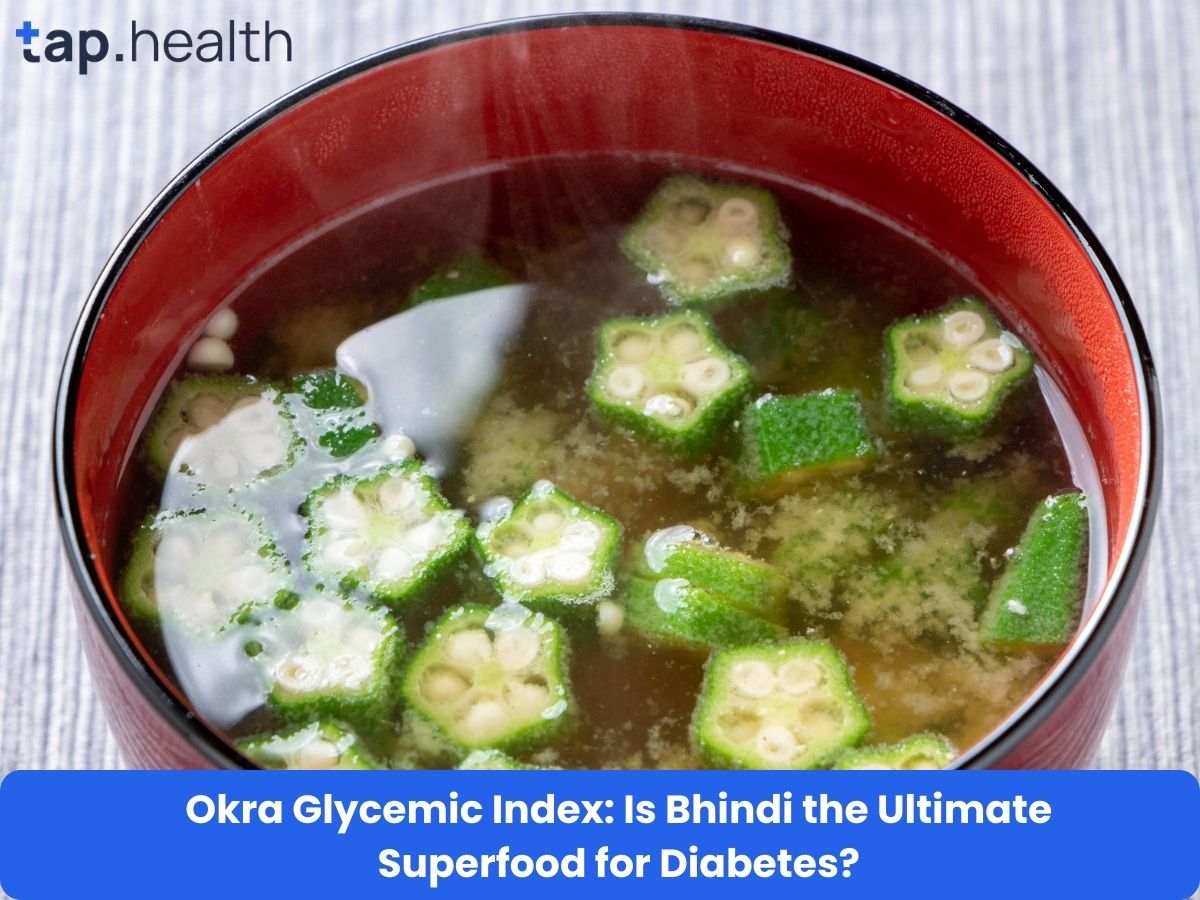Hepatitis in children is a serious health condition marked by liver inflammation. Early recognition and proper treatment are vital to safeguard a child’s health and development. This blog explores what hepatitis is, its types, symptoms, causes, risk factors, diagnosis, and treatment options, offering clear insights for parents and caregivers.
What Is Hepatitis in Children?
Hepatitis refers to inflammation of the liver, an organ critical for detoxification, metabolism, and nutrient storage. In children, this condition can disrupt growth and overall health, making timely intervention essential. Hepatitis can stem from viral infections, autoimmune disorders, or exposure to toxins, with viral hepatitis being the most common form in pediatric cases.
Types of Hepatitis in Children
There are five main types of viral hepatitis—A, B, C, D, and E—each with distinct characteristics and transmission methods:
- Hepatitis A: Spread through contaminated food or water, often preventable with vaccination and good hygiene.
- Hepatitis B: Transmitted via blood, bodily fluids, or from mother to child during birth. Vaccination is key for prevention.
- Hepatitis C: Primarily bloodborne, often linked to unsafe medical practices or sharing needles.
- Hepatitis D: Occurs only in children already infected with hepatitis B, increasing severity.
- Hepatitis E: Typically waterborne, more common in areas with poor sanitation.
Understanding these types helps in tailoring prevention and treatment strategies for children.
Common Symptoms of Hepatitis in Children
Recognizing hepatitis symptoms early can lead to prompt treatment. Common signs include:
- Fatigue and weakness
- Fever
- Loss of appetite
- Nausea and vomiting
- Abdominal pain
- Dark urine
- Pale stools
- Jaundice (yellowing of skin and eyes)
Symptoms vary depending on the virus type and the child’s immune response. Monitoring these signs is crucial for timely medical intervention.
Causes of Hepatitis in Children
Hepatitis in children is primarily caused by viral infections, but other factors can contribute, including autoimmune diseases or exposure to toxins. Key transmission modes include:
- Contact with infected blood or bodily fluids: Common in healthcare settings with poor sterilization.
- Contaminated food or water: A primary cause of hepatitis A and E.
- Mother-to-child transmission: Especially relevant for hepatitis B during childbirth.
- Unsafe practices: Such as sharing needles or unprotected sex, more common in adolescents.
Risk Factors for Pediatric Hepatitis
Certain groups of children are at higher risk, including:
- Children born to infected mothers: Vertical transmission is a significant concern for hepatitis B.
- Those in high-prevalence areas: Poor sanitation increases exposure to hepatitis A and E.
- Adolescents engaging in risky behaviors: Drug use or unprotected sex heightens the risk of hepatitis B and C.
Public health measures like vaccination and education can mitigate these risks.
How Is Hepatitis Diagnosed in Children?
Accurate diagnosis is critical for effective treatment. Healthcare providers use a combination of methods:
Medical History and Physical Exam
Doctors assess the child’s medical history, including travel, diet, and family history of liver disease. A physical exam checks for signs like jaundice, abdominal pain, or liver enlargement.
Laboratory Tests
Blood tests are essential, including:
- Liver function tests: Measure enzyme and protein levels to evaluate liver health.
- Hepatitis serology tests: Identify the specific virus (A, B, C, etc.).
- Viral load tests: Gauge the virus’s presence and guide treatment.
Additional tests, like complete blood count (CBC) or coagulation studies, may assess complications such as anemia or bleeding tendencies.
Imaging Studies
Ultrasound, CT, or MRI scans help evaluate liver condition and detect abnormalities like inflammation or scarring.
Treatment Options for Pediatric Hepatitis
Treatment varies based on the hepatitis type, severity, and the child’s overall health. Options include:
Antiviral Medications
Antiviral drugs, such as interferon for hepatitis B and C or direct-acting antivirals for hepatitis C, aim to suppress viral replication and reduce liver inflammation. These medications require careful monitoring due to potential side effects like flu-like symptoms or fatigue.
Lifestyle Changes
Supporting liver health through lifestyle adjustments is key:
- Healthy diet: Focus on fruits, vegetables, whole grains, and lean proteins while avoiding processed foods and sugary drinks.
- Adequate rest: Helps combat fatigue and supports recovery.
- Avoiding alcohol and certain medications: Prevents further liver damage, especially from drugs like acetaminophen.
Hygiene Practices
Good hygiene, such as thorough handwashing, reduces the risk of spreading hepatitis, particularly for types A and E.
Surgical Options
In severe cases, such as end-stage liver disease, a liver transplant may be necessary to restore health.
Potential Side Effects of Hepatitis Treatment
Antiviral medications can cause side effects, including:
- Flu-like symptoms
- Fatigue
- Depression
Regular follow-ups with healthcare providers ensure safe and effective treatment, adjusting plans as needed to minimize discomfort.
Preventing Hepatitis in Children
Prevention is critical to reducing hepatitis cases:
- Vaccinations: Available for hepatitis A and B, highly effective in preventing infection.
- Hygiene education: Teach children proper handwashing and safe food practices.
- Safe medical practices: Ensure sterile equipment in healthcare settings.
- Public health initiatives: Target high-risk areas with vaccination and sanitation programs.
Long-Term Outlook for Children with Hepatitis
With early diagnosis and proper management, many children with hepatitis can lead healthy lives. Chronic cases, like hepatitis B or C, require ongoing monitoring to prevent complications like liver scarring or cancer. Regular medical care and lifestyle adjustments significantly improve outcomes.
Why Early Detection Matters
Early detection of hepatitis in children can prevent severe liver damage and improve treatment success. Parents should watch for symptoms like jaundice or fatigue and seek medical advice promptly. Routine screenings in high-risk groups, such as children born to infected mothers, are also vital.
Conclusion
Hepatitis in children is a manageable condition with proper understanding and care. Recognizing symptoms, understanding causes, and pursuing timely diagnosis and treatment are essential for protecting young livers. Vaccination, hygiene, and lifestyle changes play significant roles in prevention and management. By staying informed and proactive, parents and healthcare providers can ensure better health outcomes for children with hepatitis.


